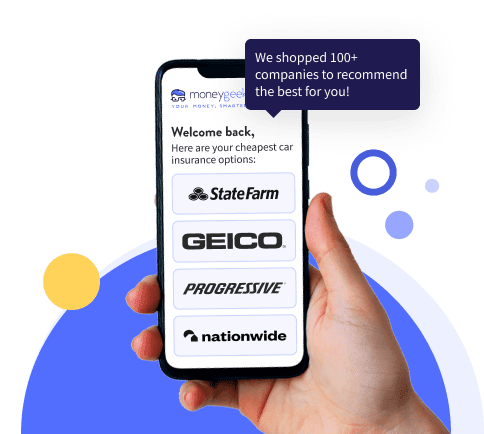Car insurance includes six main coverage types plus add-ons. Some are required by law, others protect specific risks and can save you hundreds yearly.
Below are the six core coverage types every driver should know, plus the most common add-ons that expand financial protection:
- Liability coverage pays for injuries and property damage you cause to others.
- Collision coverage repairs or replaces your car after accidents, regardless of fault.
- Comprehensive coverage protects your car against theft, vandalism, weather damage and animal damage.
- Uninsured motorist coverage pays your costs when another driver hits you and doesn't have car insurance.
- Medical payments coverage (MedPay) covers medical expenses for you and passengers regardless of fault.
- Personal injury protection (PIP) is broader protection than MedPay and covers medical bills and lost wages.
Customize your policy with optional add-on coverage like roadside assistance (for breakdowns), gap insurance (for financed vehicles) and rental reimbursement (while your car's in the shop). Also learn about non-standard policy types that give you unique car insurance coverage for less common needs.









